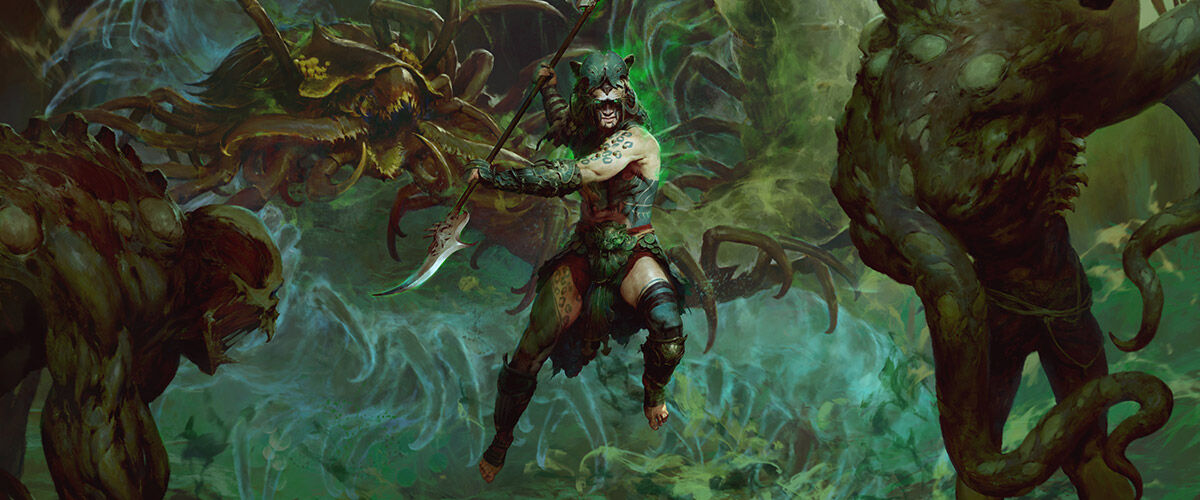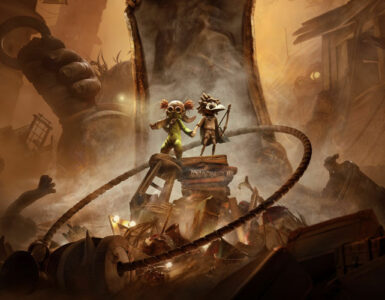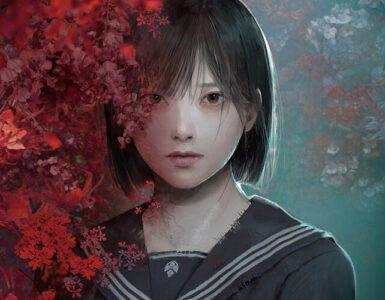Remember Sisyphus? The king from Greek mythology was condemned by the gods to painstakingly roll an immense boulder thrice his size up a hill for all eternity, only for it to roll back down every time it neared the top. It’s the ultimate exercise in futility and Diablo IV’s first annual expansion, Vessel of Hatred, is a stark reminder of what the Diablo franchise has always been about – an endless cycle of strife. There’s a reason why last year’s Diablo IV has been heralded as one of the best-ever action role-playing games (ARPG) that defined the genre as it coaches players to embrace the loot-grinding, class-building journey, rather than the outcome.
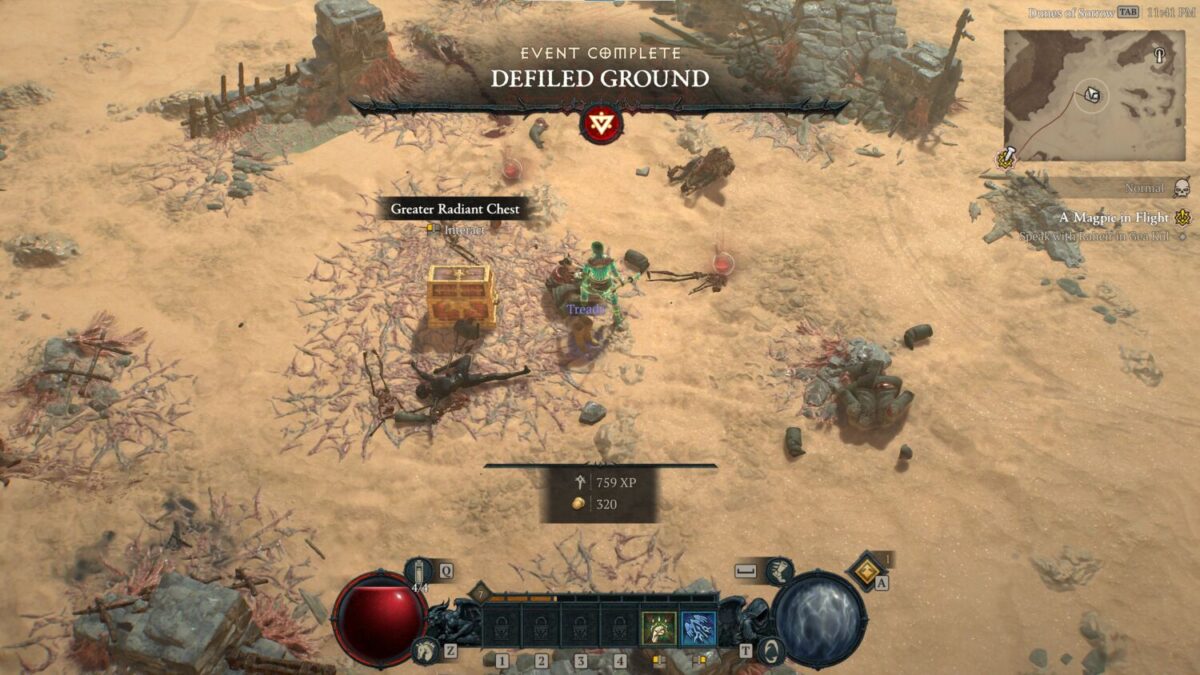
Vessel of Hatred continues immediately after the cliffhanger that the base campaign left us at, with Lilith (Daughter of Hatred, one of the three Prime Evils, Queen of the Succubi, etc) now dead, and a brave young friend Neyrelle kayaking down a sinister-looking creek, gripping on to a soulstone that contains the trapped essence of one the top most-wanted demons – Mephisto. Last seen in Diablo II (2000), the Lord of Hatred and another Prime Evil is trapped but exerts his ungodly influence throughout the roughly six-hour expansion campaign, where players will observe a familiar cycle of doom-and-gloom, mixed in with manifestation of pure evil and hopeless circumstance, along with glimmers of hope and an inevitable resurrection – basically Joseph Campbell’s The Hero’s Journey on steroids, culminating into yet another cliffhanger ending chapter (for now), after pulling up short rather unceremoniously. As an entry in a long-running serialised story, there isn’t nearly enough depth to dig your weapons deep into when it comes to the campaign though admittedly, it is challenging to top Diablo IV’s superstar villain Lilith, who is arguably one of the best aspects of the base campaign.
That said, the new trials and tribulations that you get up to during and in-between the expansion’s main campaign is heaven-on-earth for long-time fans of the Diablo franchise, or even ARPGs in general. Think of Vessel of Hatred as more than just Diablo IV 2.0 as it pulls the best environment and world of Diablo II, and combines it with the slickness and interface of Diablo III (2012), which was something that Diablo IV came close to achieving. The world-building, lore, plot developments, and characters we meet as we trudge through thick jungles and tropical marshlands reminiscent of Far Cry reminds us of what the Diablo series was always meant to represent.
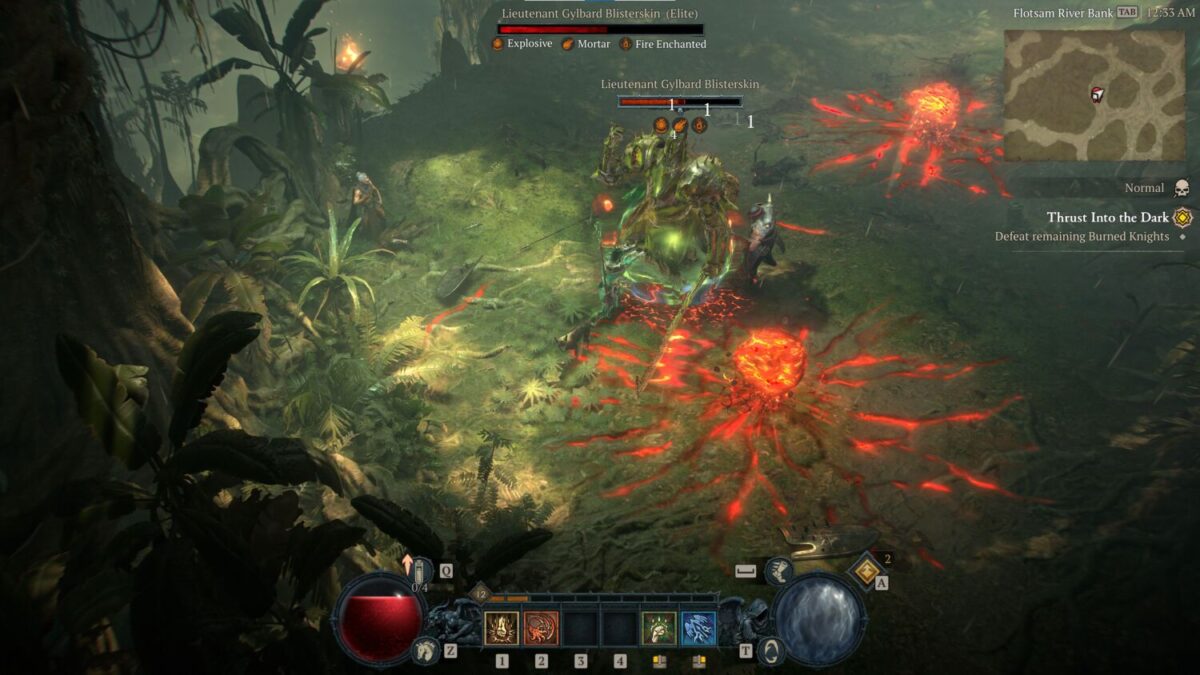
On top of this, there’s an enduring sense of humanity through Diablo IV’s debut DLC. You’ll hear this motto echoed throughout your adventures in the region of Nahantu, “Where help is needed, help is offered.”. The people you stumble upon along the way are not fanatics or unbelievably passionate individuals – they’re just humans like the rest of us but also humans that come into direct conflict with their intrinsic need to help and be altruistic, especially in the face of evil.
It’s hard not to wax lyrical about Vessel of Hatred’s main stomping ground, the lush jungles of Nahantu in the Sanctuary, without mentioning Kurast, the city at the heart of Nahantu. Rather than just a token city for some much-needed respite, visiting players get moss-covered rope bridges chained to damp wooden houses, Aztec-inspired step pyramids and grandiose sculptures weathered with mould and cracks highlighting the majesty of a time long passed. Specifically, it’s non-playable characters that aren’t just vendors, but also interesting personalities that paint a captivating picture of selflessness and colour in a world that is largely selfish and monotonous.

Dungeon-wise, you’ll soon realise that there is a persistent and rather repetitive theme of forgotten ruins, limestone, and dense foliage, but it still serves as a breath of fresh air after years of dark and doomy caves filled with blood-soaked torture chambers. It’s the attention to detail and realism that truly makes you feel immersed in this new environment, especially when you’re deep into fights that involve you diving into tiny crevasses and spaces to avoid hordes of underlings. No two fights are the same but you’re likely to grow absurdly large finger muscles after just a few hours, from frenetically mashing your computer mouse, so it might be worthwhile to get a game controller, or one of those advanced gaming mice with buttons on the side.

But what good is confronting evil alone? If you want to play with your friends but none of them are online, Vessel of Hatred has a new mercenary system that allows you to recruit NPC (non playable characters) heroes to join you on your adventure. This fills the void for solo players who are feeling rather lonely, while plugging the gaps for small groups to complete bigger and grander adventures as well. You get introduced to a quartet of characters, each with their own unique stories and histories to faithfully be by your side as you stride forward. What’s more, the longer you spend time with your faithful companions, the more XP they’ll gain to unleash new abilities and rewards. Ultimately, it’s a nice touch to make the experience more personable and incentivising for those who are more utilitarian.
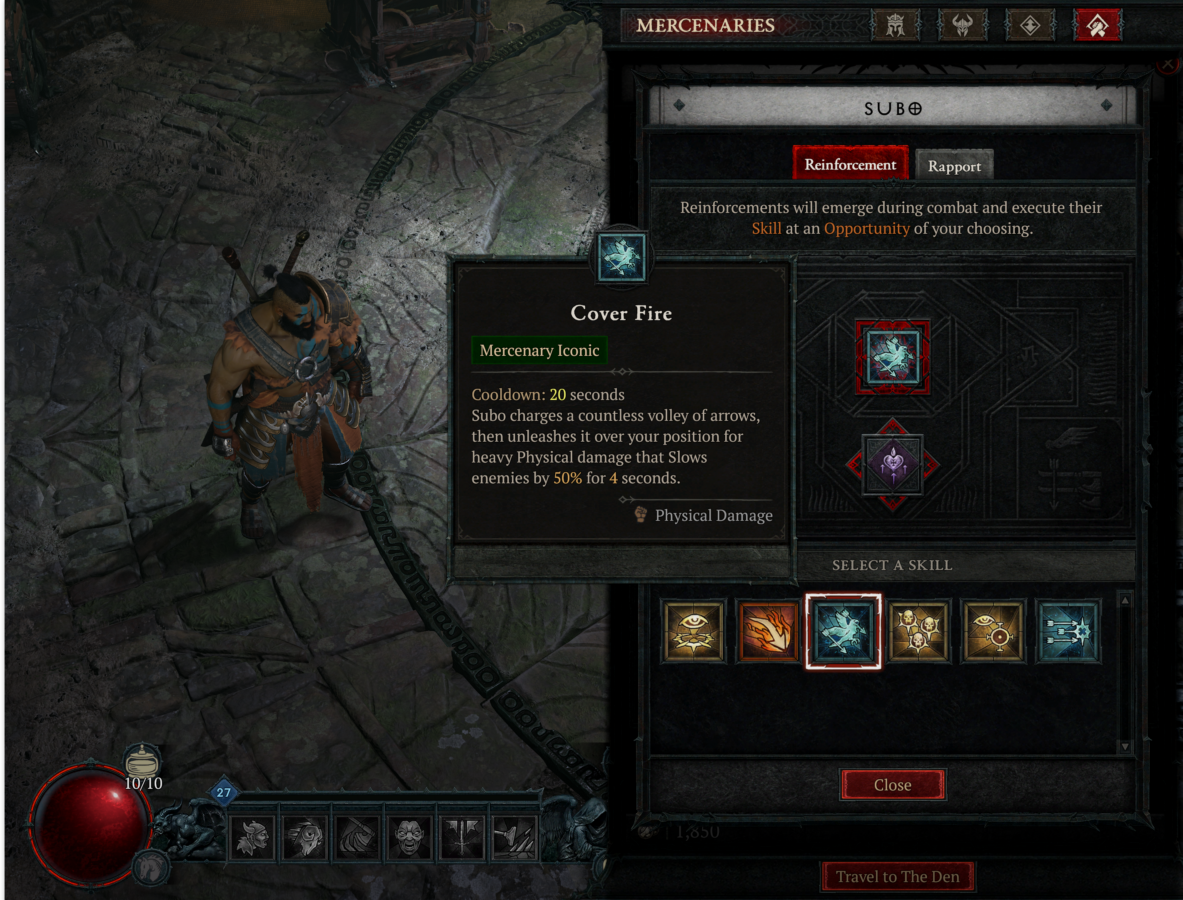
The expansion’s premise also perfectly complements a spanking new customisable character class, a rarity from Blizzard, the Spiritborn. It was a no-brainer to select this tribalistic specimen entrenched in mythical and magical roots for this playthrough, and it is loads of fun. You rely on your connection with ghostly animals imbuing you with godlike elemental powers, each with its own sets of unique strengths and weaknesses. Think of it as a Druid 2.0, but not really (apologies in advance to all Druid mains out there). Animalistic in nature, the Spiritborn revolves around four main beasts. The gorilla spirit is a physical, brute beast that makes you a tank, while the offensive and strike-first nature of the jaguar allows you to build a Dynasty Warriors-esque hack-and-slash melee DPS (damage per second) machine. The eagle is all about soaring above your foes and being mobile, allowing you to show up where your enemies least expect you to make you incredibly hard to track and take down, and the centipede, which employs poisonous splash damage that’s coupled with vampiric life-stealing properties.
The best and worst part about it, compared to existing character classes, is that the Spiritborn class is flexible and modular. Although it may be more ideal and easier to just devote your skill points to one or two of these four spirit animals, you can mix and match any combination of the abilities that the animal quartet offers. It’s uncharted territory for Diablo, where you can actually create a build that is a jack of all trades and a master of none, or you could ignore this option entirely and create your very own King Kong. Not to mention that as a Spiritborn, you can easily reassign your skills, put on some new clothes, and instantly go from King Kong to The Flash.
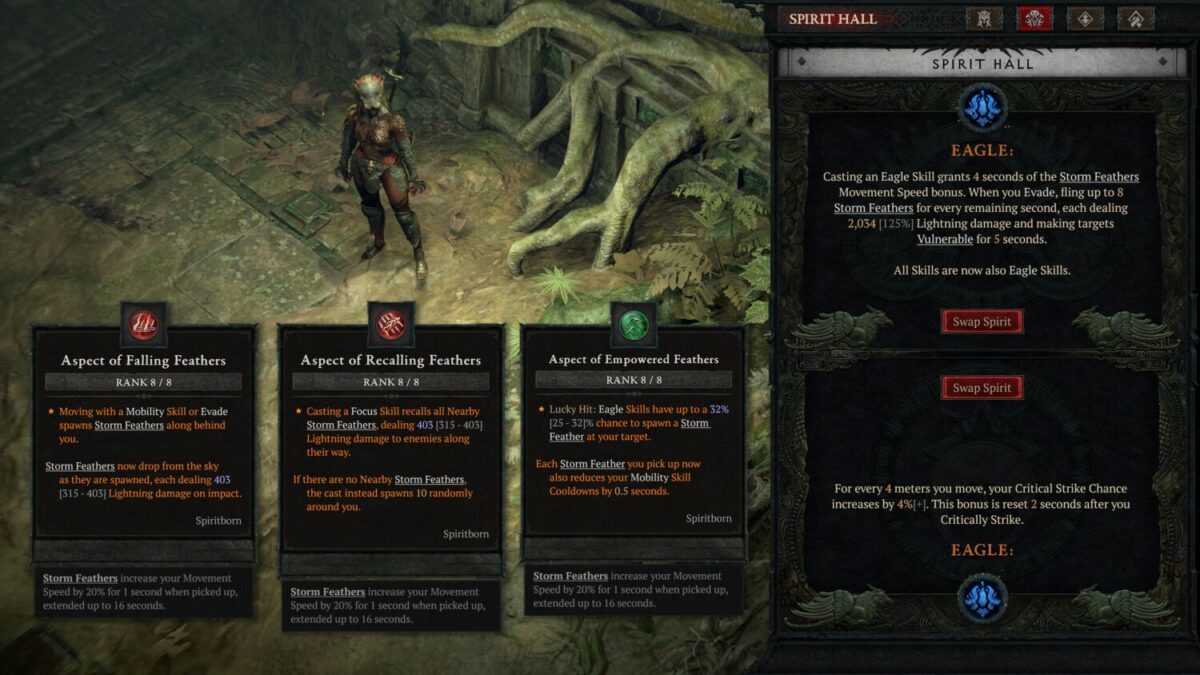
Granted, there are still great advantages to playing as the old classes when focusing on depth rather than breadth, but the Spiritborn is perfect for those who want a buffet-like experience, especially for beginners that are just dipping their toes into the Diablo universe and don’t know where to start. Maybe the slight knock would be the daunting amount of in-game currency involved that come with a skill respec, which may make newcomers cave and frantically search for what the best Spiritborn build is on Google instead of experiencing it for themselves.
Perhaps one of the biggest additions to the Diablo co-op experience is the Dark Citadel, a demanding battle circuit that requires you and your best mates to overcome complex and seemingly unbeatable bosses, all while wrapping your brains around raid-like puzzle mechanics in a trio of corridors within a crumbling fortress – fending off wave after wave of double exclamation marked high-level enemies throughout the process. It was hard to spend too much time here given that the experience was largely solo in nature for the early build of Vessel of Hatred, but it could live up to the potential of one of the best endgame activities Diablo has ever had, synergising together with your friends to overcome insurmountable foes and the pot of gold at the end that makes it oh so sweet.

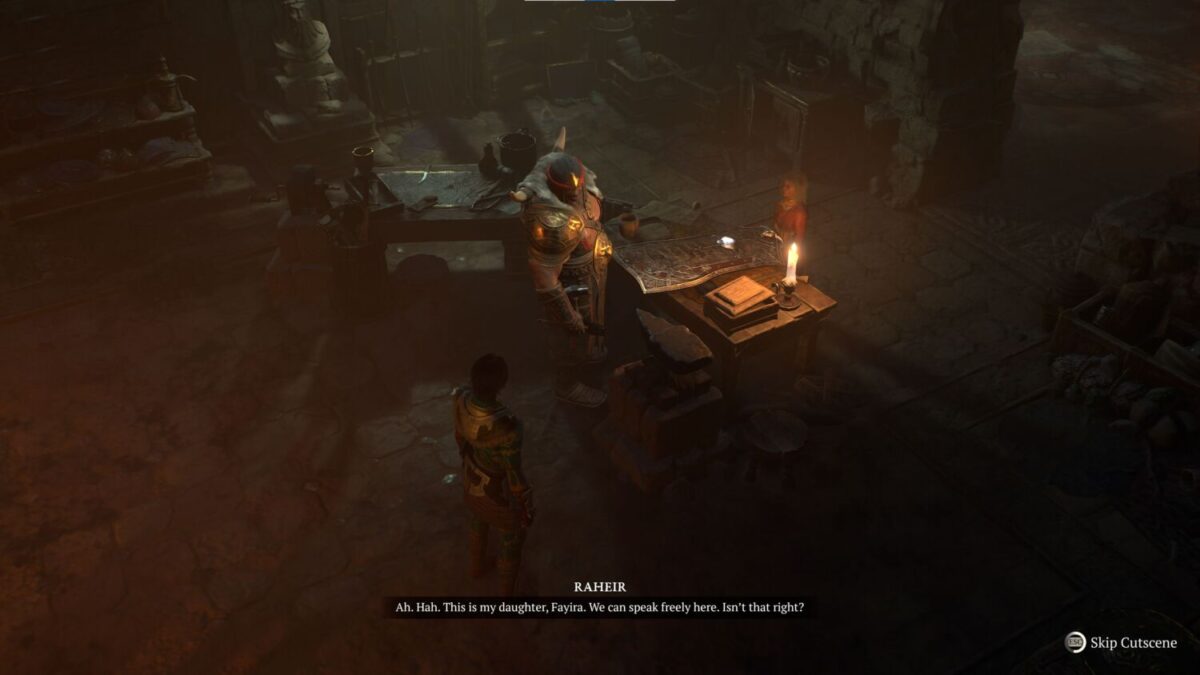
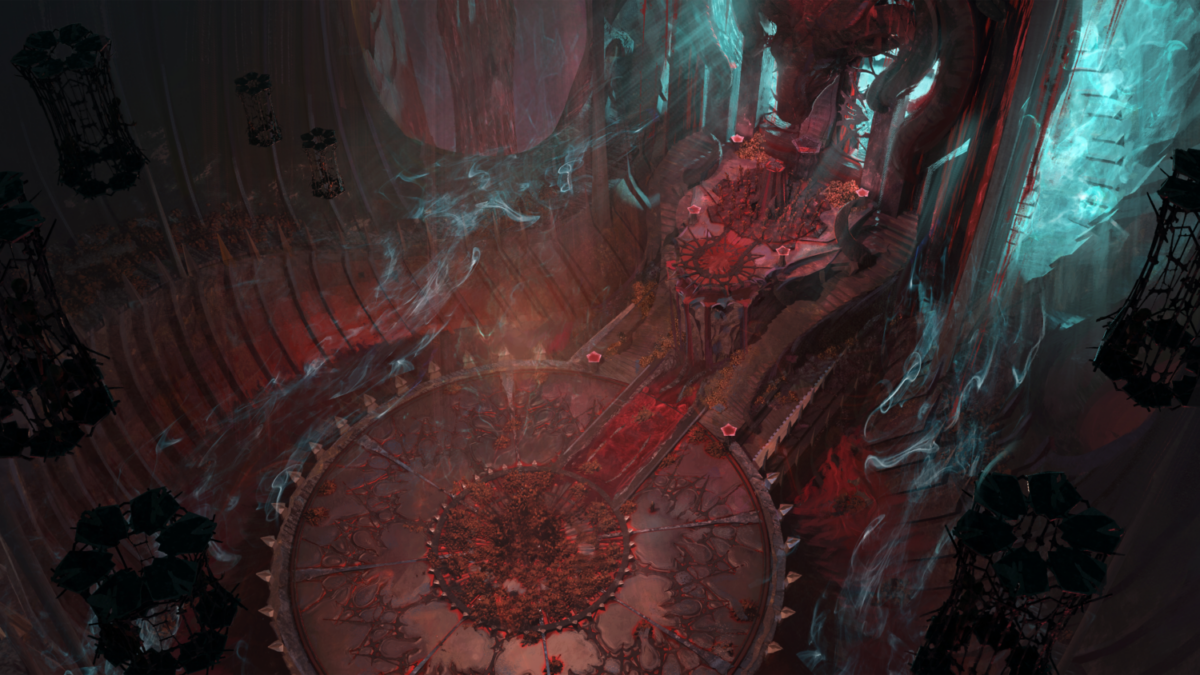
For now though, it seems like the raid mechanics are somewhat rudimentary, and doesn’t require heavy coordination or strategic planning to complete. Still, it’s looking good for the Diablo community longing for an engaging and meaningful way to come and play together.
Above all, this expansion really feels like Blizzard has finally listened to its community. Its small changes like capping out the levelling at 60 instead of 100, which makes for a truncated and accelerated climb to the business end of Diablo that makes it less of a grind, especially when you want to mess around with new characters and builds after every season. It takes away the sense of being stuck on plateaus midway into the game, making it easier for everybody to enjoy the all-encompassing Sisyphean nature of Diablo IV. Another way this is manifested is the return of Rune words, allowing you to cast enchantments onto your equipment, adding yet another layer to the already rich build-crafting aspects of the base game. Lastly, it’s great to see Vessel of Hatred top it off with a new matchmaking functionality called Party Finder, which given the group nature of the game, has inexplicably never been part of the franchise until now. The ability to easily band up with a bunch of fellow demon slayers is more than welcome, especially given the inception of the Dark Citadel.
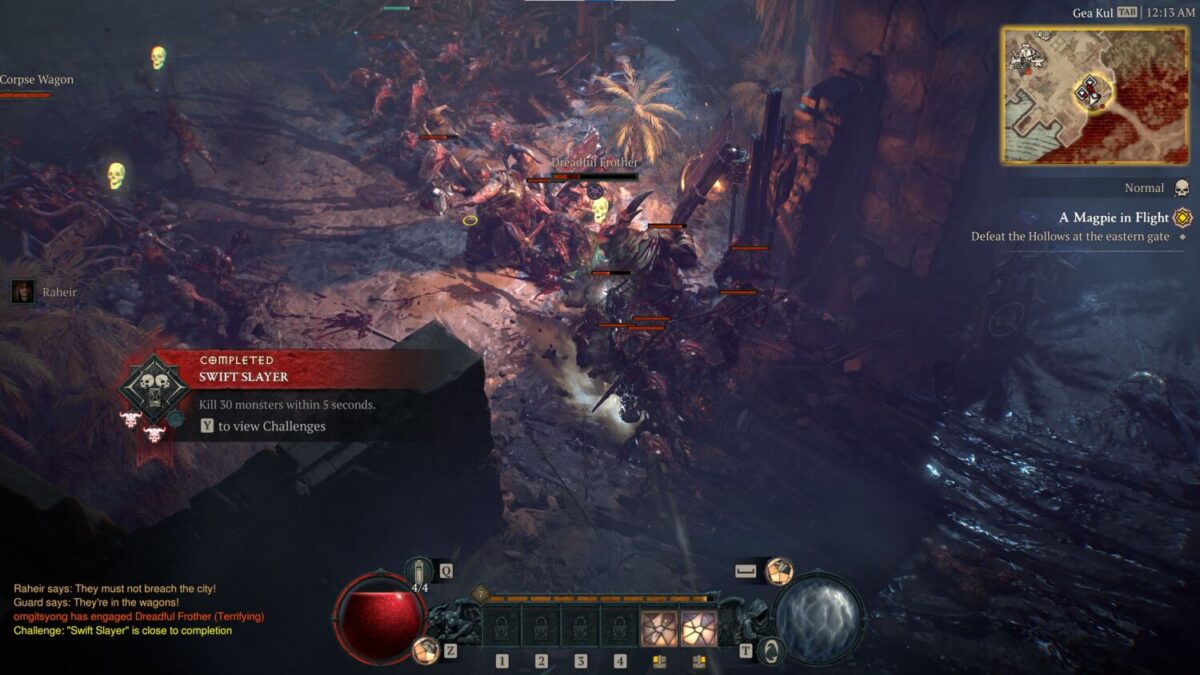
All things considered, Vessel of Hatred feels like the quintessential Diablo experience. Despite a relatively lacklustre expansion campaign and a surprisingly high amount of crashes and a mix of bugs, ranging from frustrating quests that won’t complete, or NPCs hilariously blazing across the map on foot matching your speed on horseback (which is something that you wouldn’t expect from an expansion that took a year and a half to come to fruition), you’ll end up spending most evenings glued to the character inventory and ability screens, calling up your friends on voice chat to run Dark Citadel for the umpteenth time.
Summary
Diablo IV: Vessel of Hatred lays the first step for the new era of Sanctuary. While it doesn’t revolutionise the ARPG genre or add too much to Diablo’s already riveting campaign, it builds upon the signature ominous gothic atmosphere that made the series so popular to begin with – through quality of life improvements, enthralling end-game co-op activities, and a compelling new character class that feels equal parts fresh and familiar.
Overall
8.6/10-
Gameplay - 8.6/10
8.6/10
-
Presentation - 8.8/10
8.8/10
-
Value - 8.1/10
8.1/10
-
Geek Satisfaction - 8.9/10
8.9/10
Everything changed when his parents bought him a PlayStation 2 for Christmas. Since then, he’s been hooked on all things esports, video games, and music. If he’s not livestreaming his shenanigans, he’s probably out taking mirror-selfies with his friends, vigorously debating over the Internet’s Meme of the Year.

